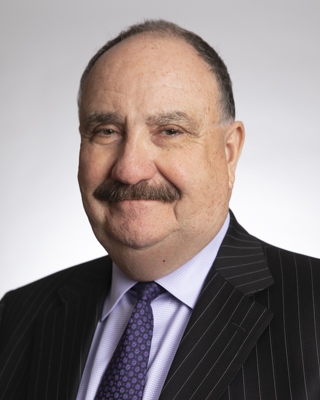Recently, I had the pleasure of participating in two winemaker dinners in San Francisco. The first featured Greg La Follette, a Pinot Noir expert and founder of Tandem Winery. The second featured Peter Gibson, the editor and publisher of The Wine Review Online.
Effects of Region and Elevation on Taste
I am not a wine expert by any means. I would say I am more of an innocent. I am intrigued with the complexity, creativity, and risk dimensions of winemaking as brought forth by Mr. La Follette. We tasted a variety of Pinots he had produced from vineyards in very different regions and elevations within Sonoma County itself. One was from the coldest and most western ridge which, it turns out, is colder than any vineyard in Oregon! I was surprised by the varied tasting experiences these Pinots provided depending on the location of the vineyard.
The Experience in the Mouth
One guest at the dinner asked Greg what the alcohol content was in a particular Pinot, a question that seemed to reflect a current attitude in the marketplace that more alcohol content is better than less. I loved Greg’s surprising answer. He said he, in fact, did not care what the alcohol content was. “I never focus on alcohol content; I focus on the experience in the mouth.” When Greg said that, I leaned over to the new table acquaintance sitting to my left, who had earlier asked about our momentum-based investment strategy at Bell Investment Advisors. I told him that our investment strategy is a lot like Greg’s winemaking strategy. “We believe in following performance without prejudice. We connect with what is working in the market and avoid what is not. We are focused on creating positive momentum in our clients’ portfolios to help them achieve their goals—the experience—they are after.” He got the parallel.
Old World vs. New World Winemaking
At the second dinner, during which Peter Gibson spoke, the theme was Old World vs. New World winemaking. He spoke about how the history of winemaking demonstrates the consequences of decisions and results over time, both positive and negative. To create fine wine, winemakers have to continually pay attention to what is working and what is not, to both tradition and innovation. Tradition can sometimes get in the way of innovation. In his opinion, at the present time, Europe is holding the flag of tradition which seems to be shutting down creativity and innovation. Did you know that it is against the law to irrigate vineyards in France? France insists that the winemaking experience, to be fair, should depend on the mercy of nature, rain or shine. Different regions, such as Burgundy, are entirely reserved for the growing of Burgundy grapes, with a very few traditional derivations.
This caused me to appreciate creative thinkers like Greg La Follette growing his Pinots in different locations and elevations, with stellar results. It made me think of how often the same dynamic, tradition vs. innovation, plays out in other industries, including investment management. An example can be found in the seeming polarity between traditional methods of portfolio design, such as, fixed percentage-based asset allocation, and more innovative performance-based strategies.
The Value of a Long Hang Time
There was one more analogy here. I learned that a long hang time is good for grapes and good for wine. The long hang time for grapes gives the environment time to nurture and fill the grapes with the extensive complexity of the soil and the region.
A long hang time works best for investments too.


